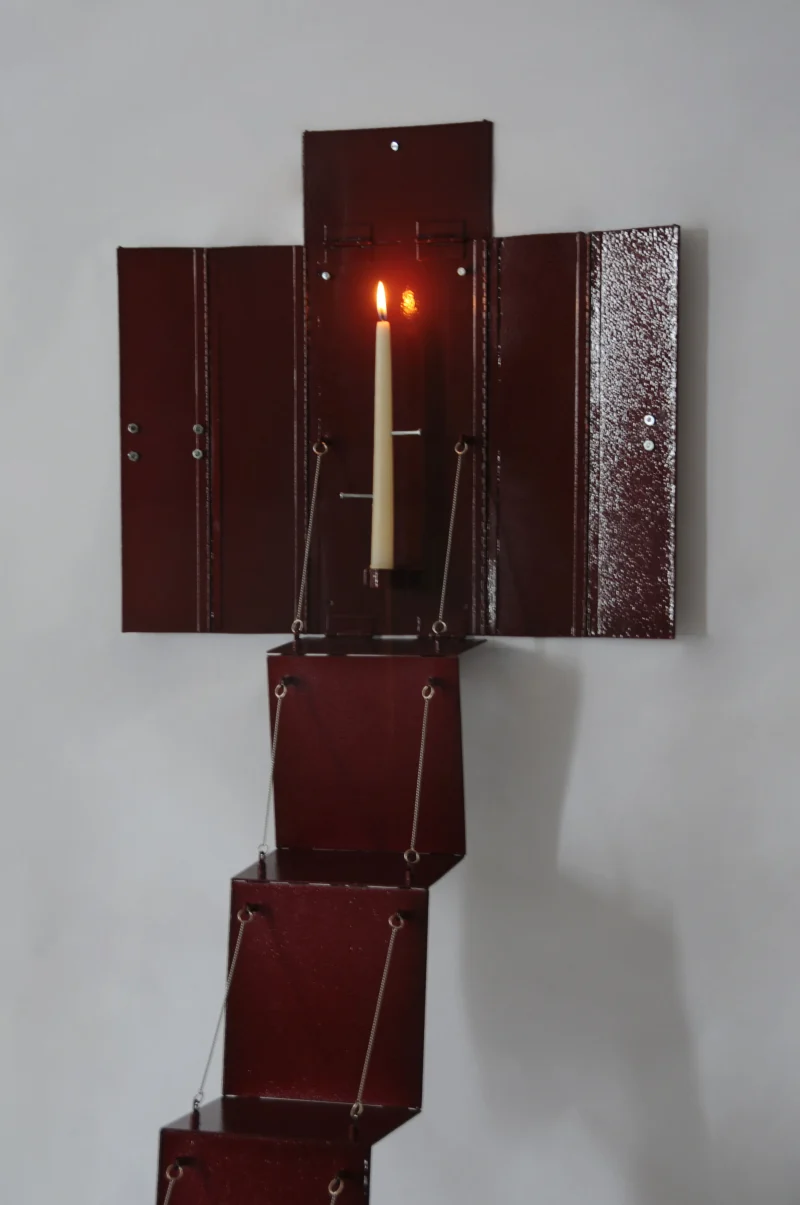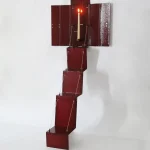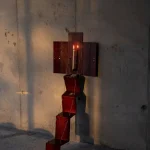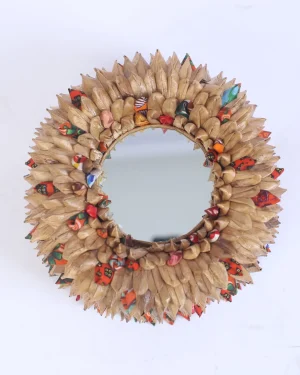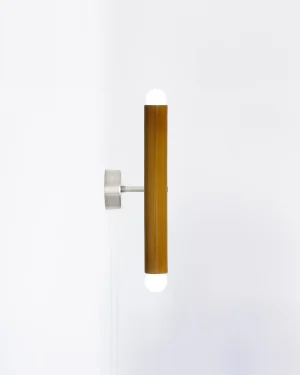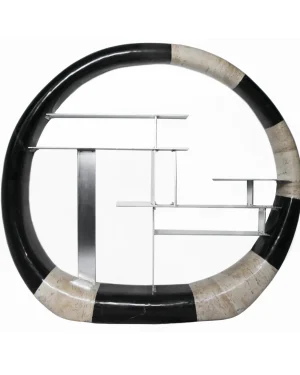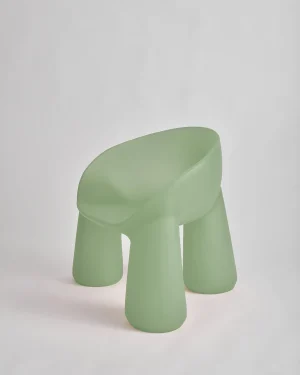A candle holder rendered in blood red steel is mounted onto the wall as an altar panel painting that folds closed to simulate a medical cabinet. The candle supported by the metal structure is pierced by nails at different heights marking time intervals in a contemporary rendition of the ancient candle alarm clock. Deliberately syncretic, the object references themes of ancient ritual and religious practices while addressing modernist values of asepsis. As the candle shortens the melting wax releases the nails onto the cabinet’s metal plate which drop with loud “clings”. This moment marks a sudden fractionalization of an otherwise fluid condition of time. A suspension of a state of temporal leisure into that of pragmatic count; palpably evidencing differences between Henry Bergson’s concepts of “objective time”: the time of watches, timetables, calendars, with that of “duration” (la durée); lived time, time felt and acted measured by subjective experience.
This edition of Wax Clock with a drawbridge stairway was made especially for the context of Mexican Day of the Dead. Each step represents a different destiny in the prehispanic tradition, through which time in this case can split into alternate paths.
| Dimensions LxWxH | 60x14x50cm (24x6x20'') |
|---|---|
| Piece Weight (kg) | 3 |
| Production Year | |
| Material | |
| Color | |
| Design Class | |
| Number Of Pieces Created | 3 |


